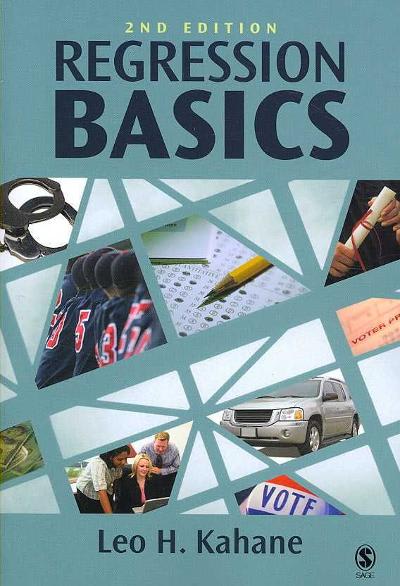Question
I participated in Judging Facial Expressions a study conducted by Leeds Beckett University. https://www.psytoolkit.org/c/3.3.2/survey?s=L9H4PLinks to an external site. This research was conducted online and it
I participated in "Judging Facial Expressions" a study conducted by Leeds Beckett University. https://www.psytoolkit.org/c/3.3.2/survey?s=L9H4PLinks to an external site.
This research was conducted online and it was asking participants to judge facial expressions by typing keys on the keyboard to indicate if the face that appeared was "anger" or "fear". Many faces appeared on the screen, and I had two seconds to press "A" for anger or "F" for fear if to me the face shown was angry for showing fear. We then took a short survey at the end which was asking how likely we are to say that males and females separately would feel fear and anger and how likely a male or female is to express fear or anger. They method this study used was the experimental method. While the participants are not in a controlled setting or group, but there an independent variable. I am assuming the hypothesis of this study is to determine if the participants lean towards either male or female facial expressions to be angrier or more fearful. I would say that an element that didn't work for me during this study was having to remember what key stroke was for anger and fearful. Even though I am well versed in technology, and I know what key the "A" is and what is the "F", it would take my brain extra time to remember while I am being timed and looking at different images. Another element that I would say could use improvement on are the people who were in the pictures. There were only white males or females. There were no other ethnicities or races and I don't feel you can come to a conclusion on if either male or female faces are more fearful or angrier if we are not exposed to all different "types" of faces. I would say that an element that did work was the timing, the test was an appropriate amount of time I feel to be able to gather an outcome for what was being shown. As for ethics, at the beginning of the study we were given informed consent and made aware of how our outcome would be used. I do not feel like there was deception in this study. All details were given at the beginning and then again re-iterated at the end and given an option to contact the study conductors to ask additional questions if they should arise. Some of this insight might be beneficial to those going into a line of work that requires you to read facial expressions and social cues such as therapist or social worker. The reasoning is because some people can show a lot with their facial expressions that they might not be able to say in words, or vice versa.
Question?
- What lingering questions do you have about the research in which your peer participated?
- Can you identify any additional methodological or ethical concerns?
Step by Step Solution
There are 3 Steps involved in it
Step: 1

Get Instant Access to Expert-Tailored Solutions
See step-by-step solutions with expert insights and AI powered tools for academic success
Step: 2

Step: 3

Ace Your Homework with AI
Get the answers you need in no time with our AI-driven, step-by-step assistance
Get Started


